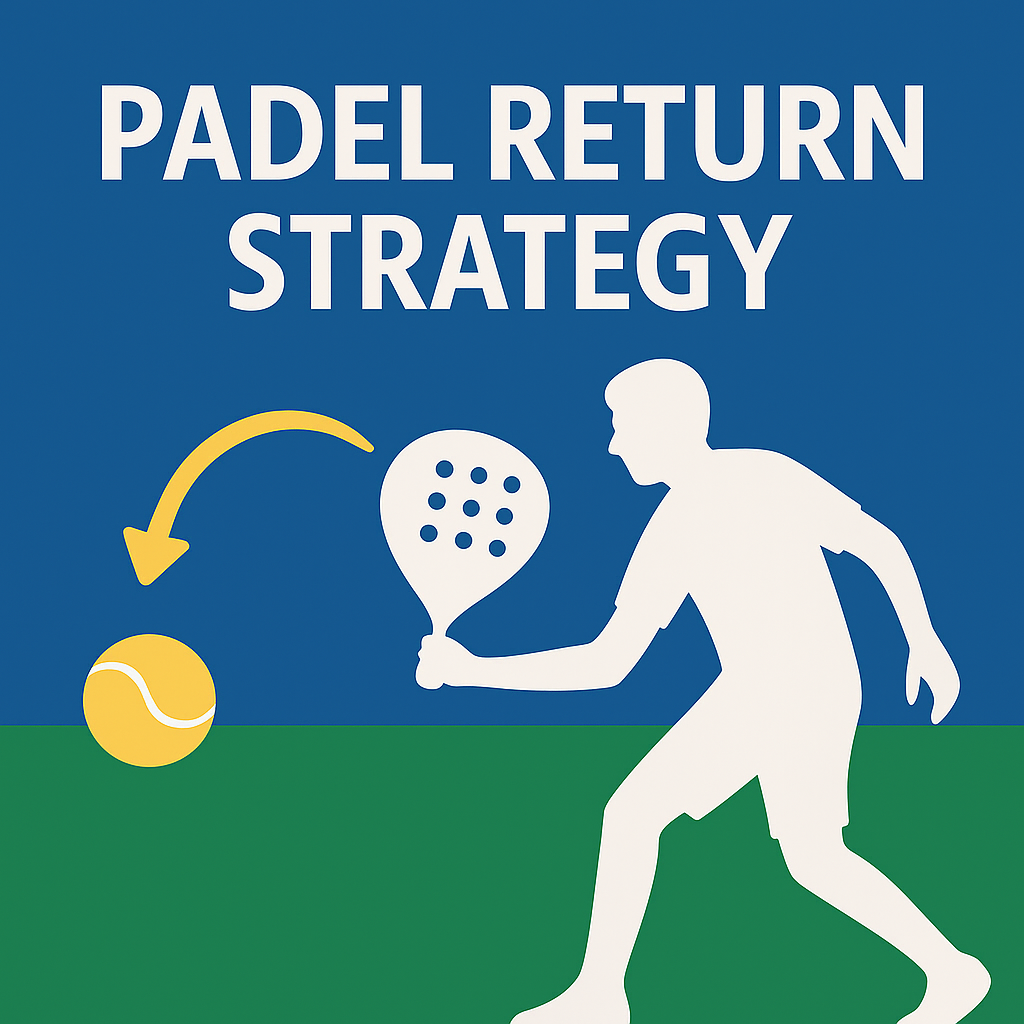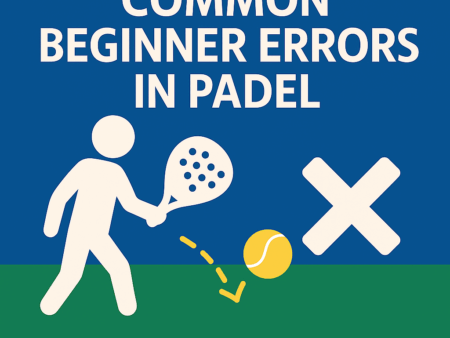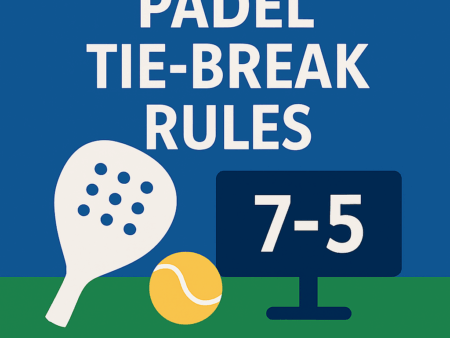
The return of serve is one of the most important skills in padel — and one of the most misunderstood by beginners. Unlike tennis, where powerful serves dominate, padel serves are slower and more tactical, meaning the return often decides who controls the net.
This guide explains the fundamentals of returning in padel, beginner-friendly techniques, common mistakes to avoid, and how good returns shape match momentum.
🟦 Why the Return of Serve Matters
The team that wins the net usually wins the point.
A strong return helps you:
- Neutralise the serve
- Prevent the opponents from taking easy net control
- Set up your own transition to the net
- Increase pressure early in rallies
Beginners who learn proper return strategy improve instantly.
🟩 The 3 Goals of a Good Return
Every return should aim to achieve one of these:
1. Keep the ball low
Low balls make volleying difficult and force opponents into mistakes.
2. Push opponents back
A deep return stops the server from rushing the net.
3. Regain the net
After a successful return, move forward strategically.
If your return achieves any of these, it’s a win.
🟨 Basic Return Technique (Beginner-Friendly)
1. Stay relaxed and read the serve
Most padel serves are:
- Medium speed
- Slice or flat
- Directed toward the glass or side wall
2. Move early
Start your split step as the server hits the ball.
3. Use compact swings
Avoid big tennis-like backswings.
4. Aim cross-court
It’s:
- Safer
- Higher margin
- Easier to defend
- Gives more time
5. Focus on control, not power
Precision beats aggression in returns.
🟧 Beginner Return Options
These are the safest and most effective returns for new players.
1. Deep Cross-Court Drive
The most reliable return.
- Keeps opponents from taking the net
- Creates time to move forward
2. Soft, Low Return to the Feet
Forces a difficult volley.
- High-percentage shot
- Ideal when the serve is slow
3. Defensive Wall Return (Rebote)
Used when serve hits glass first.
- Let the ball bounce off the wall
- Hit a controlled reply cross-court
4. High Lob Return
Great when server rushes the net too fast.
- Pushes them back immediately
- Turns defense into offense
🟫 When to Use the Chiquita as a Return
The chiquita is a soft, low drop shot used to target the net player’s feet.
Best used when:
- The serve is slow or short
- Opponents don’t expect it
- You need to break their attack rhythm
Beginners should use it sparingly — but it’s an elite weapon.
🟥 Common Return Mistakes (Avoid These!)
Beginners often make predictable errors:
❌ 1. Swinging too hard
Leads to unforced errors and losing control.
❌ 2. Trying to hit winners
Returns should be smart, not spectacular.
❌ 3. Always aiming down the line
This is:
- Risky
- Low-margin
- Easily intercepted
❌ 4. Standing too close to the glass
Causes rushed reactions.
❌ 5. Not adjusting to spin
Slice serves require angled racket faces.
🟦 How to Handle Different Serve Types
1. Slice Serve
Moves away from you after the bounce.
- Open racket slightly
- Aim cross-court
2. Flat Serve
Faster but predictable.
- Block and guide the ball
3. Slow/Soft Serve
Often a trap.
- Play a chiquita or deep return
- Then move forward
4. Body Serve
Targeting your chest or hip.
- Step back
- Create space
- Redirect cross-court
🟩 How to Regain the Net After Returning
Returning is only half the job — the follow-up movement completes it.
The correct sequence:
- Return cross-court or low
- Wait for opponents’ volley quality
- Move forward as soon as you force a weak ball
- Take net control together with your partner
Good movement = point dominance.
🟨 Return Strategy Indoors vs Outdoors
Indoors:
- Faster pace
- Harder returns
- Avoid high lobs
- Focus on deep, low drives
Outdoors:
- Wind affects bounce
- Lob returns become powerful weapons
- Slice serves kick unpredictably
Adapt based on conditions.
🟧 How Return Quality Influences Betting
Return performance is a hidden indicator of:
- Match control
- Pressure resilience
- Set momentum
Strong return teams:
- Create more break points
- Win more Golden Points on return
- Dominate positionally
This directly influences:
- Over/Under totals
- Handicap lines
- Live odds
- Underdog upset potential
🟫 Summary
For beginners, a strong padel return strategy focuses on:
- Consistency
- Low balls
- Deep cross-court placement
- Smart lobs
- Reading serve patterns
Returns dictate who wins the net — and therefore who wins the point.
Next: Page 10 — Understanding Lob Play in Padel.


